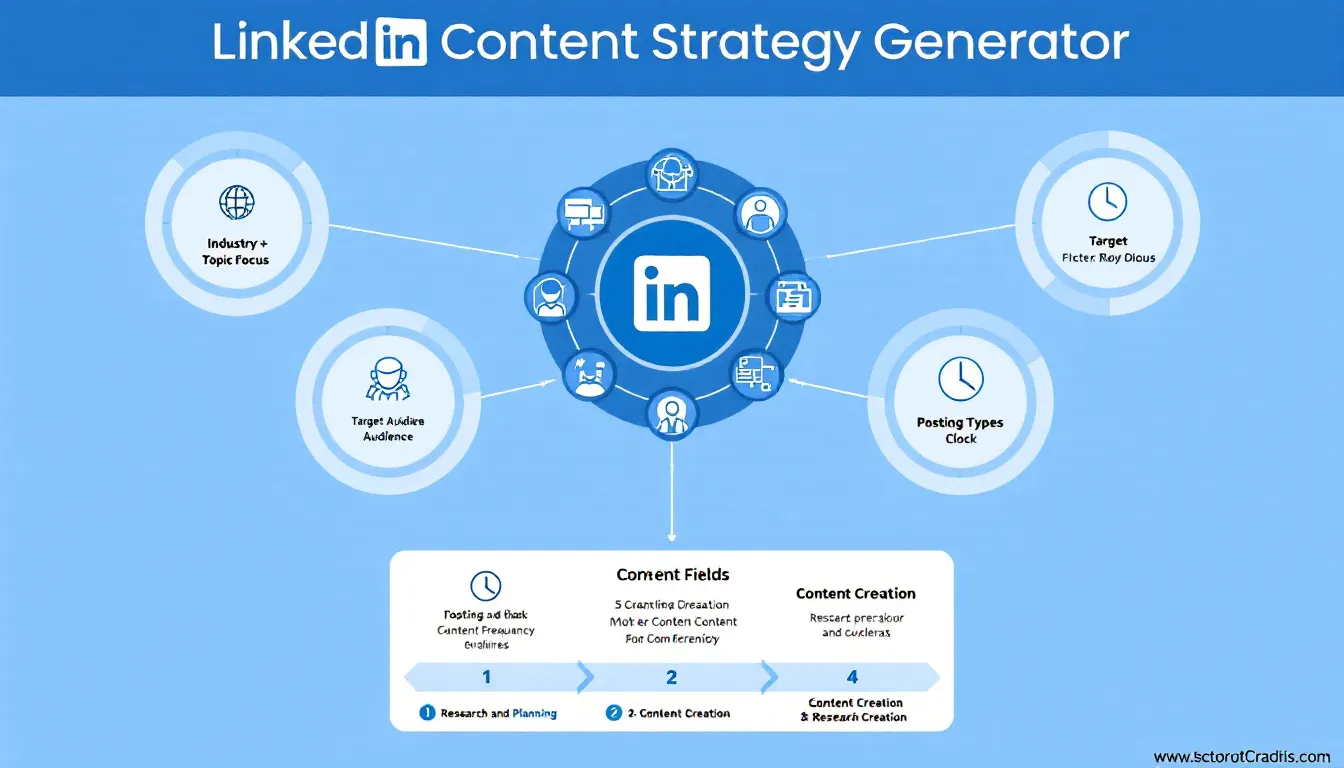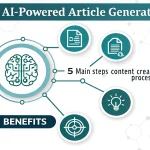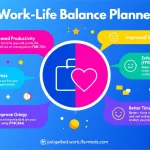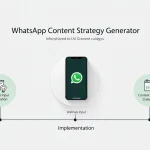Is this tool helpful?
How to Use the LinkedIn Content Strategy Generator Effectively
Follow these clear steps to maximize the value of this LinkedIn content strategy planner:
- Industry or field of expertise: Input your specific professional sector. For example, use “Renewable Energy Technologies” or “Financial Services Consulting” to pinpoint your area.
- Main topic or area of thought leadership: Define your focus within your field, such as “Blockchain Applications in Supply Chain” or “Employee Wellness Programs.”
- Target audience: Describe who you want to reach. Examples include “Small Business Owners in Retail” or “HR Managers in SaaS Companies.”
- Posting frequency: Indicate how often you plan to post content, like “Twice a week including educational posts and Q&A sessions” or “Weekly video series with bi-weekly articles.”
- Content types: Specify the formats you want to create, such as “Infographics, podcasts, and whitepapers” or “Live webinars, expert interviews, and blog posts.”
What Is the LinkedIn Content Strategy Generator?
This tool helps you build a focused and actionable LinkedIn content plan tailored to your professional goals and audience. It translates your expertise and target market into a strategic content roadmap. By combining industry insights with personalized guidance, it simplifies complex content planning into clear recommendations.
Purpose and Benefits of the Tool
- Define your thought leadership path: The generator maps out topics and posting schedules aligned with your expertise.
- Save time: Quickly create a content plan without needing to design one manually from scratch.
- Connect with the right audience: Tailor content ideas that directly engage your professional network segments.
- Maintain content variety: Balance different formats to boost reach and engagement across LinkedIn.
Practical Applications of the Content Strategy Generator
Use the tool to streamline content planning for LinkedIn thought leadership initiatives. Here’s how professionals across fields typically apply it:
Example Use Case 1: Marketing Specialist
- Industry: “Digital Advertising and Media”
- Focus: “Data-Driven Campaign Strategies”
- Target Audience: “CMOs and Marketing Directors in E-commerce”
- Posting Frequency: “3 articles and 2 video updates weekly”
- Content Types: “Case studies, how-to guides, and LinkedIn polls”
Example Use Case 2: Sustainability Consultant
- Industry: “Corporate Sustainability and Environmental Services”
- Focus: “Carbon Reduction Strategies for Manufacturing”
- Target Audience: “Operations Managers and Environmental Officers”
- Posting Frequency: “Weekly blog posts plus monthly webinar sessions”
- Content Types: “Expert interviews, reports, and instructional videos”
Core Features You Can Harness
- Audience targeting analysis: Helps specify content that appeals directly to your chosen professional segment.
- Content mix recommendations: Suggests a balanced approach to using articles, videos, polls, and other formats.
- Posting schedule guidance: Proposes consistent frequencies to keep your profile active and engaging.
- Topic clustering: Organizes ideas to create themed content series reinforcing your thought leadership.
- Engagement optimization: Advises on how to stimulate conversations and build connections through your posts.
Benefits That Will Improve Your LinkedIn Presence
Align Content with Your Career Goals
This generator ensures that every post you plan advances your professional position and credibility in your industry.
Boost Your Efficiency
You’ll spend less time debating what and when to post, freeing you up to focus on creating impactful content.
Increase Audience Engagement
Craft content that resonates specifically with decision makers and influencers in your field, enhancing interaction.
Keep Your Content Fresh and Varied
Use the suggested mix of content types to maintain interest and cater to different learning preferences in your network.
Addressing Common Content Challenges
Challenge 1: Maintaining Regular Content Flow
The tool provides clear schedules and topic ideas to help you publish consistently without losing focus.
Challenge 2: Enhancing Audience Interaction
By targeting your audience profile precisely, your posts generate more meaningful comments, shares, and discussions.
Challenge 3: Defining Strategic Content Direction
It removes uncertainty by outlining a clear, purposeful path to establish your thought leadership.
Who Can Benefit from the LinkedIn Content Strategy Generator?
- Executives aiming to elevate their professional brand
- Consultants crafting industry-specific content plans
- Entrepreneurs building visibility for their ventures
- Industry specialists seeking to share expertise widely
- Career professionals wanting to grow their LinkedIn networks
Tips for Maximizing Your Content Strategy
- Review and update your strategy every three months to stay aligned with your evolving goals
- Customize the plan based on available time, resources, and desired content formats
- Mix different content types to address varied engagement preferences
- Track success by monitoring metrics such as follower growth, comments, and connection requests
- Engage actively with your audience through comments and discussions to build trust
Measuring the Impact of Your LinkedIn Content Strategy
Monitor these key indicators to evaluate your content’s effectiveness:
- Engagement rates: Likes, comments, and shares per post
- Follower growth: New LinkedIn connections over time
- Quality of interactions: Meaningful conversations and professional connections
- Opportunities generated: Business leads, speaking invitations, or collaboration requests
Maintain Content Quality While Posting Regularly
Focus on your expertise areas and prepare content in batches during scheduled work sessions. Use a content calendar to avoid last-minute posts. Consistency and quality together build lasting professional authority.
Important Disclaimer
The calculations, results, and content provided by our tools are not guaranteed to be accurate, complete, or reliable. Users are responsible for verifying and interpreting the results. Our content and tools may contain errors, biases, or inconsistencies. Do not enter personal data, sensitive information, or personally identifiable information in our web forms or tools. Such data entry violates our terms of service and may result in unauthorized disclosure to third parties. We reserve the right to save inputs and outputs from our tools for the purposes of error debugging, bias identification, and performance improvement. External companies providing AI models used in our tools may also save and process data in accordance with their own policies. By using our tools, you consent to this data collection and processing. We reserve the right to limit the usage of our tools based on current usability factors.







